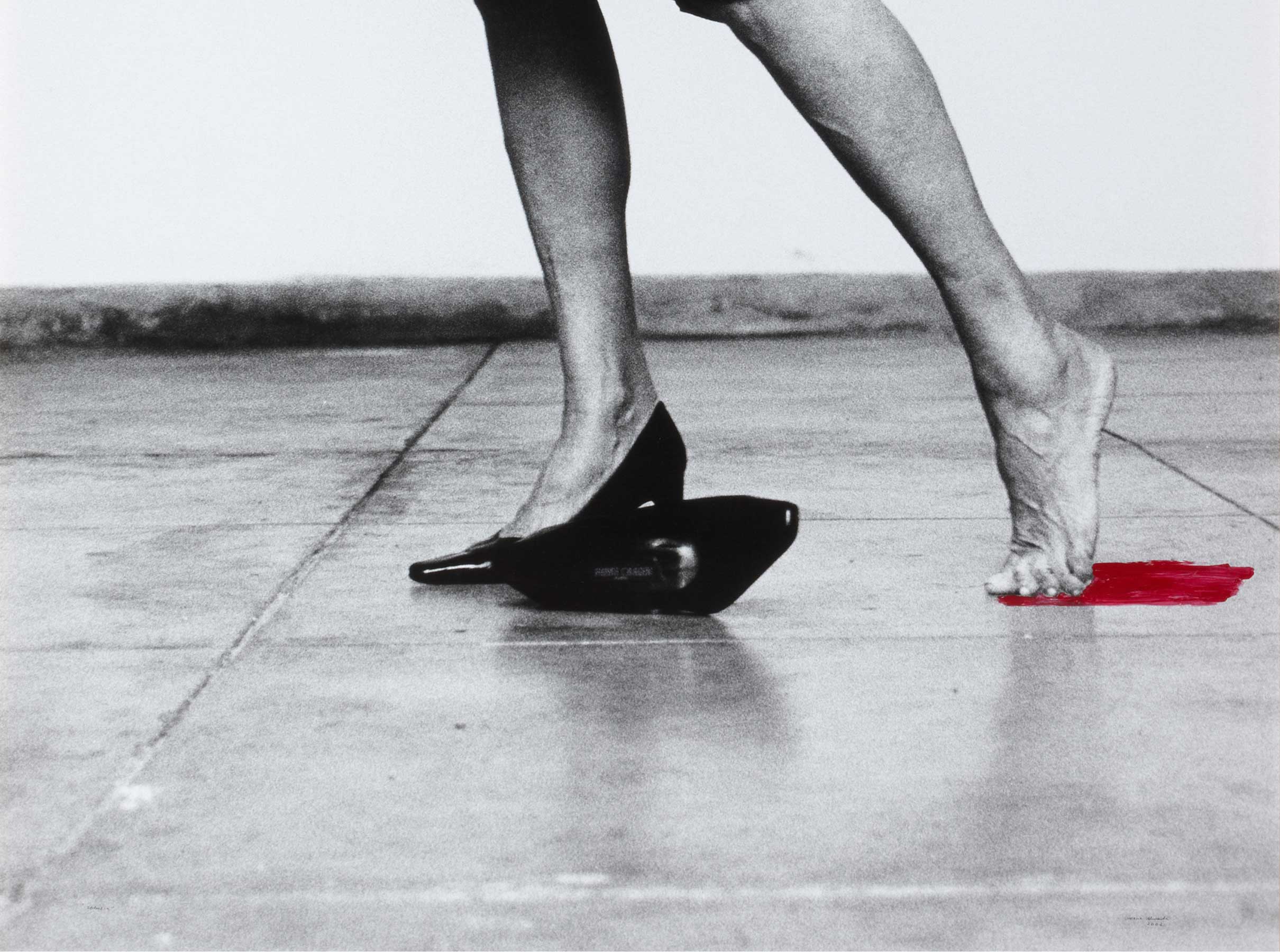Артефакт. Из серии вдохновение - истечение моря [Artefacto. De la serie Inspiración-expiración del mar] [Artifact. From the Sea Inspiration-Expiration Series]
- 1992
- Cibachrome on paper
- 50 x 50 cm
- Cat. F_134
- Acquired in 1992
Artifact. From the Sea Inspiration-Expiration Series by Francisco Infante is a set of photographs from an intervention in a coastal zone in 1992. It belongs to the series of works that Infante generically calls ‘artifacts’. He began to produce them in the mid-1970s, but their origins actually date back to his early experiments with the Argo group, which consisted of bringing the objects and experiences of kinetic art to nature. According to Maya Aguiriano, Infante’s ‘artifacts’, many of which were produced together with Russian artist Nonna Gorunova, link nature (in this case the sea) to the geometric object that the artist presents, the way in which they are related in the fleeting intervention and the final photograph. ‘Artifact’ is in reality the whole process, never a single part, the object or the photograph.
This piece is connected, also in its form, to some of the Sites and Nonsites photographs by Robert Smithson, and to Spiral Jetty (1970). Infante erects a precarious lintelled structure among the rocks of the coast using twigs and cables. He then photographs it in nine shots, showing how the high tide, the rising tide, gradually submerges the construction. The alliance between artist and nature is fundamental for the work to exist and is again connected to the basis of his work, infinity: ‘Nature is infinity”, he said.
Other works by Francisco Infante

![Артефакт. Из серии вдохновение - истечение моря [Artefacto. De la serie Inspiración-expiración del mar] [Artifact. From the Sea Inspiration-Expiration Series]](/f/webca/INF/assets/img/fff.png)